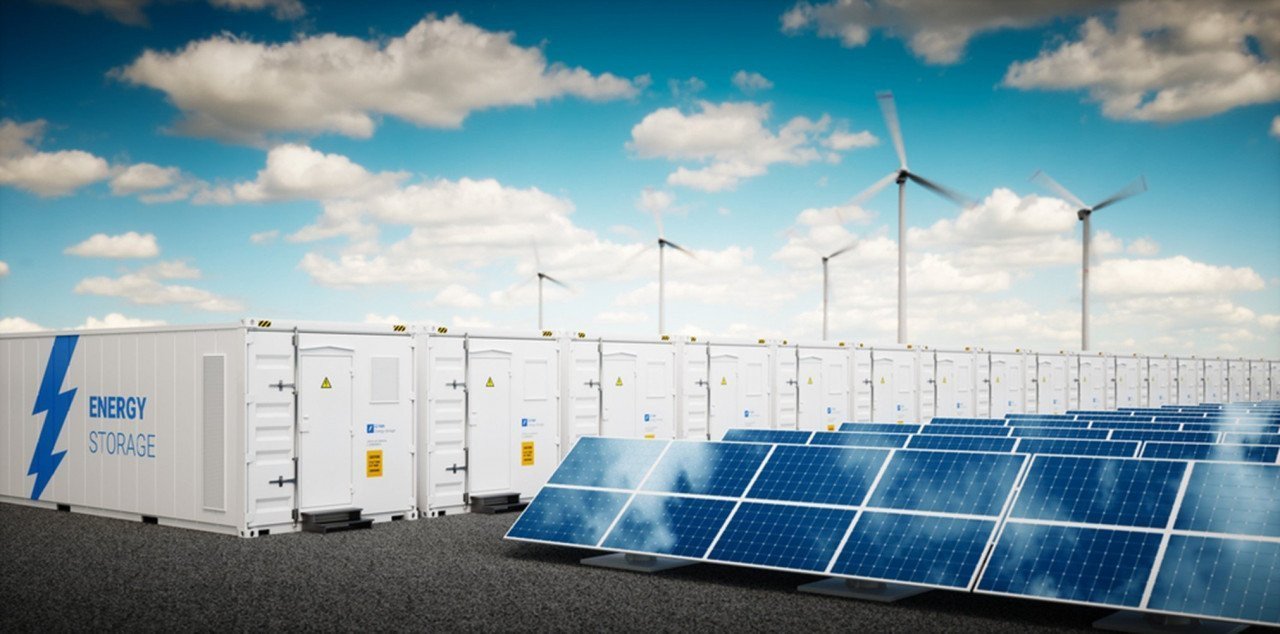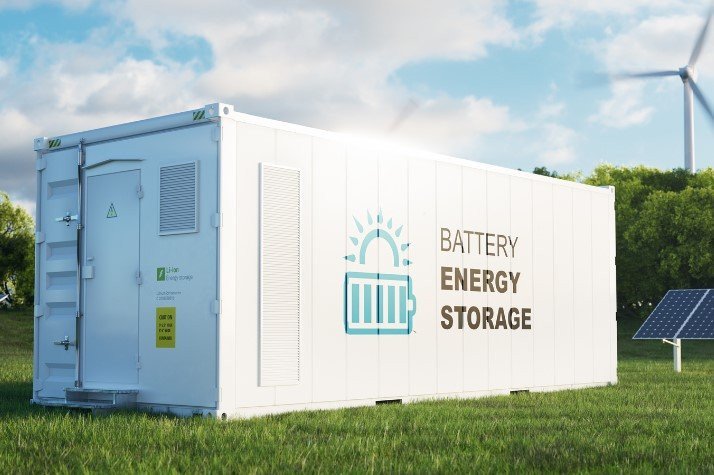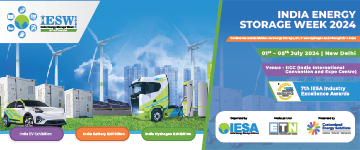Setting deployment targets: vital step in promoting green energy
Ramping up the deployment of green energy technologies is necessary to achieve the ambitious climate targets set forth by countries, we examine how governments could speed up that process.
Climate change is one of the biggest, if not the top, issues facing mankind today. To keep the damages from climate change within reasonable limits, the world has set ambitious climate targets, of limiting the temperature rise to 1.5C compared to pre-industrial times.
This requires rapid deployment of green energy technologies in many sectors, including renewable energy in power generation, electric vehicles in transportation, batteries in transportation as well as electrical systems, and green hydrogen in multiple sectors, among others.
Deployment barriers
However, large-scale deployment of these technologies face multiple barriers, which typically include high upfront costs, lack of supporting infrastructure including regulation, political economy favoring incumbents, etc.
While there is a role for businesses and markets in getting these technologies deployed at scale, support for these technologies needs to start at the policy and regulatory level, and winners may need to be picked, given the time criticality of the climate change issue.
First, there needs to be clear and long-term policy signals on market demand, whether absolute (e.g., in GW of GWh in case of the power sector) or relative (e.g., percentage of total demand). This demand signal can include the whole market or could be focused on certain large entities, including the government itself.
Second, there needs to be regulatory support around the removal of administrative and political hurdles around the deployment of these technologies. For example, permitting and interconnection hurdles are significant in the deployment of solar and hydrogen technologies.
Third, there needs to be ample cost and risk mitigation support. The former, which focuses on reducing either the upfront cost or lifecycle costs, typically comes in the form of explicit or implicit subsidies. The latter, which focuses on reducing risks to deployment - typically takes the form of guarantees.
While all three are eventually required, in this thought piece we focus on the first tool of creating market demand, which is a necessary condition for deploying these technologies at scale.
Driving market demand
There are multiple examples of government targets driving markets:
- Renewable energy deployment was driven by government targets in the early days, especially when these technologies were not cost-competitive. Best practices include the renewable portfolio standards (RPS) in the US and the Solar Mission in India.
- Electric vehicle deployment has been driven by government targets around the world. The best practices include the zero-emission vehicle (ZEV) mandate in California and other states of the US. Furthermore, 17 countries around the world have announced ZEV mandates.
- Battery storage has been driven by government targets. The best practices include the battery storage target (BST) in California as well as the energy storage mandates (ESM) in other States of the US. Furthermore, many countries in Europe are aggressively setting BST targets.
This is the necessary first step. All governments interested in any new green energy technology must create targets, preferably in the long-term, for RE, EV, battery storage, and even green hydrogen. Then, they can follow up with the other two steps.
This is particularly necessary for India where despite the laudable RE targets of 450 GW of installed capacity by 2030, these targets are missing for EVs, battery storage, and green hydrogen. These targets have become necessary now.
























